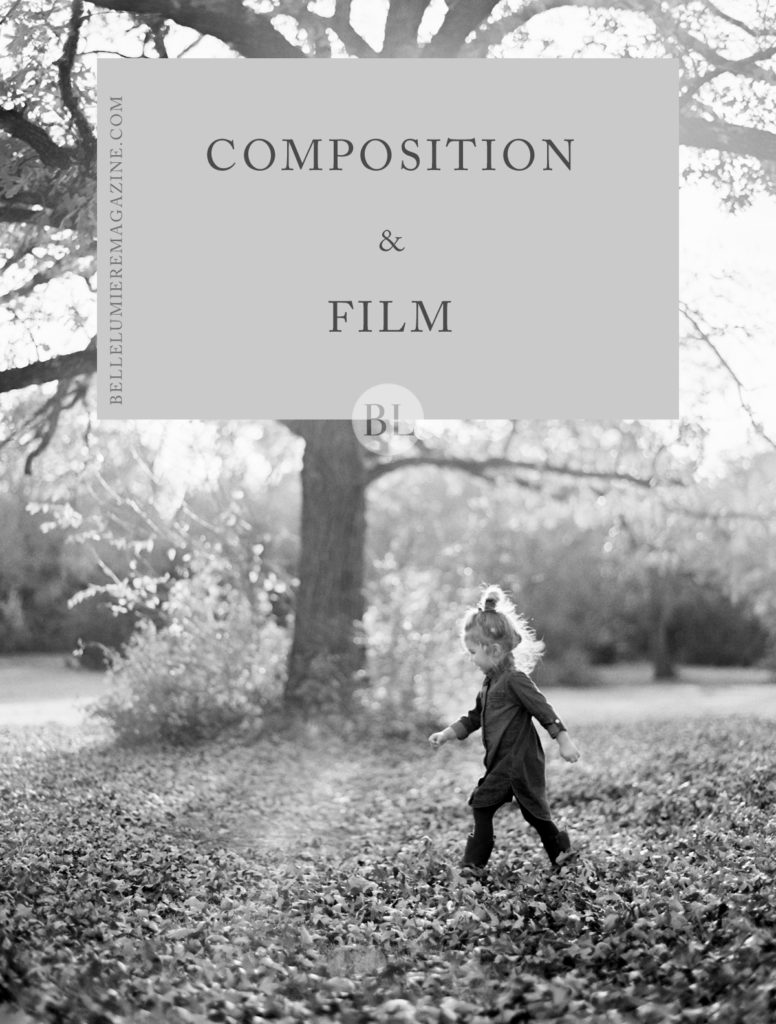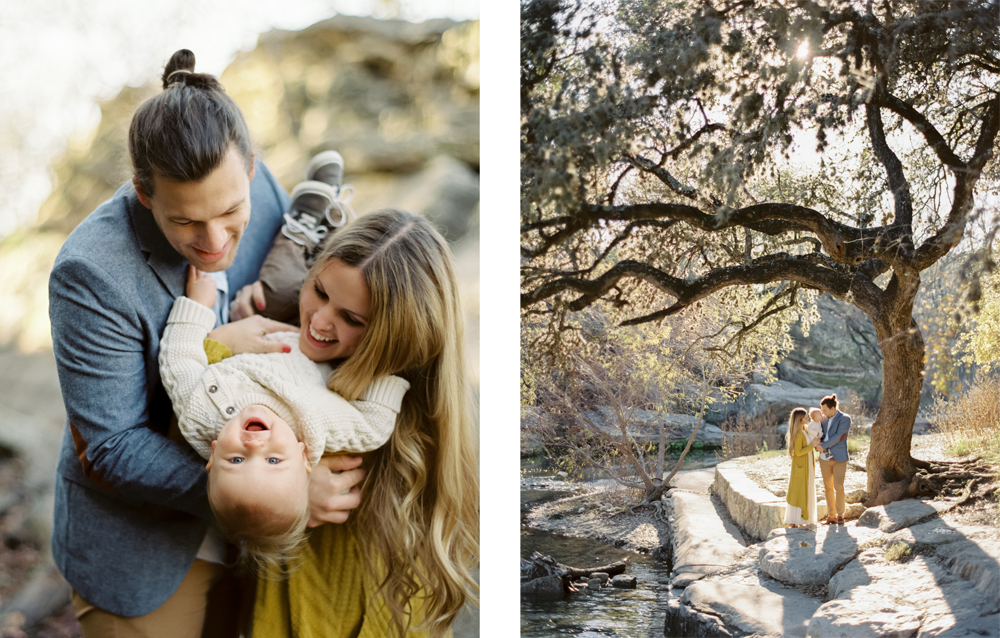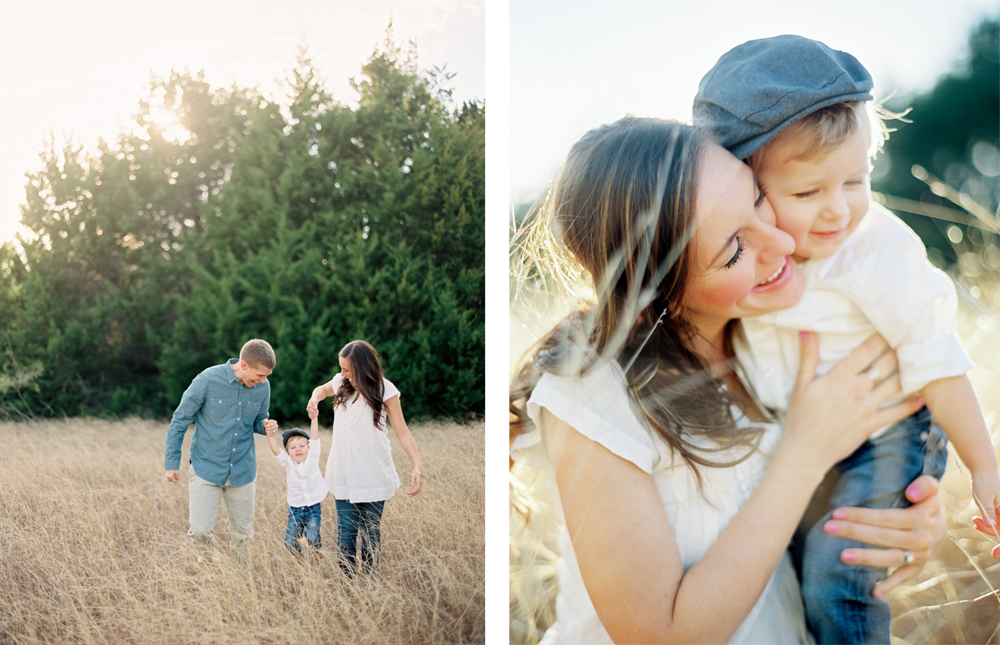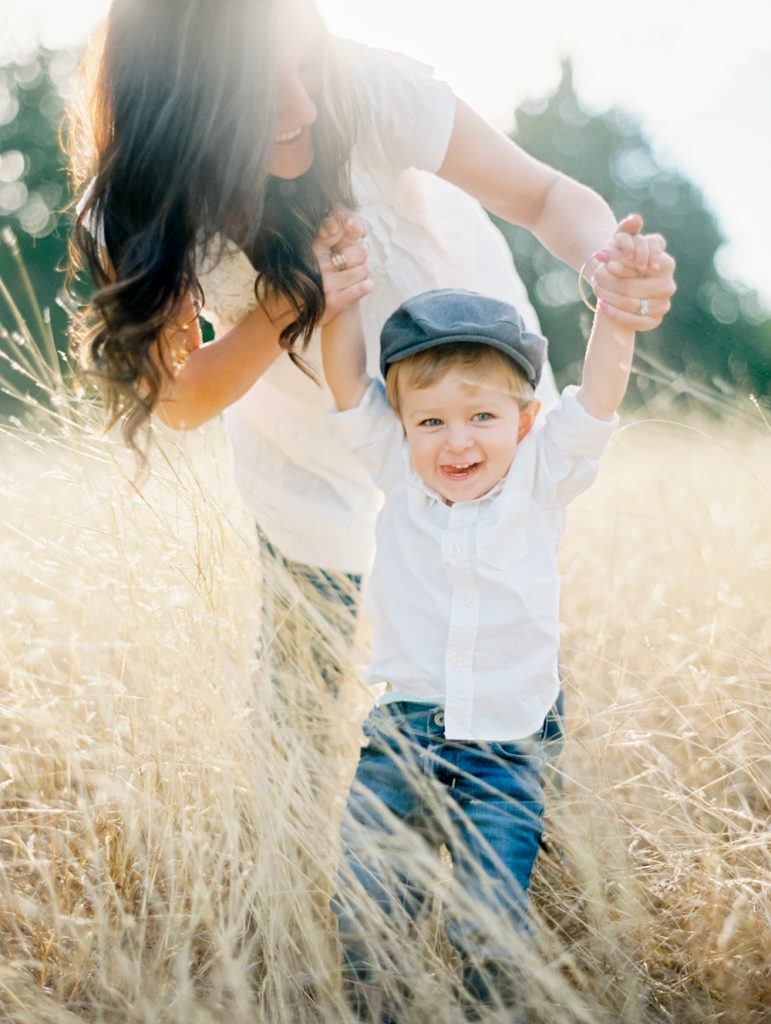A bUNDLE OF thousands of dollars worth of courses, guides, & resources curated specifically to help photographers!!!
ENTER HERE >>>
DOORS OPEN MONDAY MARCH 4TH!!!
THE
CREATIVE
COLLABORATION
Composition & Film
October 6, 2020

When beginning to shoot film, it is essential to slow down to a snail’s pace during the familiarization of the practice of critical thinking. Often making the leap from digital to film photography can leave photographers feeling as if they are shooting blindly with the absence of a preview screen to affirm their artistic choices. And so it almost goes without saying that the impulse to check and double-check camera settings (aperture, shutter speed, etc) heightens in order avoid the dreaded blank roll of film. But there is another benefit of slowing down that goes beyond the technical settings. It is the practice of patience and the resulting intuition that follows. This can be difficult in an instant gratification world, but without the crutch of an LCD screen, senses sharpen, and one becomes instinctively more aware of the subject and surroundings. There is also the subconscious realization that only a limited number of exposures exist in a single roll of film. Suddenly each click of the shutter matters, in part because each exposure equates to money spent. The photographer no longer has the luxury to rapid fire with the camera in hopes of a decent image (often called the “spray and pray” approach). But what is gained in this process of slowing down is the ability to critically think about composition. One begins to look through the viewfinder with an analytical eye, thinking in terms of what master American photographer Ansel Adams termed “visualization.”

Adams states that this is “a conscious process of projecting the final photographic image in the mind before taking the first steps in actually photographing the subject.” Adams continues that (The negative). Twentieth-century American photographer Edward Weston agrees: “The photographer’s most important and likewise most difficult task…is learning to see photographically–that is, learning to see his subject matter in terms of the capacities of his tools and processes, so that he can instantaneously translate the elements and values in a scene before him into the photograph he wants to make.” (Seeing Photographically). In essence, before the shutter is pressed and the image captured, one must ruminate about how all of the elements, both technical and compositional, dictate the final photograph. Oftentimes the digital photographer will forego visualization in favor of the LCD display, which while helpful, can become an obstacle to “seeing.” The film photographer is forced to visualize.

Weston has said that “to compose a subject well means no more than to see and present it in the strongest manner possible” (Seeing Photographically). In regards to composition, one must begin to understand that composition involves how the elements of line, shape, weight, balance, repetition, and tone lead the eye through the picture and ultimately onto the focal point. The moment the photograph is taken, the 3-dimensional world becomes permanently fixed onto a 2-dimensional plane. What is left is the interaction between subject and background elements that are comprised of the aforementioned elements. When speaking specifically about the overall shape of a person, a myriad of “sub-shapes” can be further broken down through the angles created by any body parts that move, bend, twist, or turn. If the desired focal point is the face (or eyes) of a subject, thinking about how those angles direct the viewer’s eye toward the desired focal point becomes the compositional objective. With portraiture, the photographer has the ability to manipulate these lines and angles which is what is meant by “posing.” But composition goes beyond posing because photography is not contained nor limited to the blank backdrop of a studio. In an environmental setting, the photographer is met with horizon lines, leading lines, and and every shape the world has to offer. The learning process of visual language slowly becomes intuitive as one might learn any other language. It is through the methodical process of shooting film that these building blocks are formed and developed, and with that intentionally grows a confidence in composition.

A quick caveat about portraiture, however: whenever the human face is photographed, composition simply becomes the bones of the overall photographic structure. The heartbeat that gives those bones life is the subject itself—authenticity, tension, and emotion are paramount! Being a portrait photographer not only involves mastering the more traditional elements of composition but also being able to integrate the subtleties of human emotion. My goal is not just having the viewer pull back to see the compositional beauty of the “forest” but to also pay special attention to the intricacy that is the “tree”—for the emotional element is perhaps the most vital part of the composition. Without this, the photo will fall flat, leaving the viewer with a pretty image that is instantly forgettable.
With medium format film’s 10-16 exposures per roll, there is an inherent value in film that warrants it to be treated with a certain amount of attention. Shooting film costs the photographer money as well as time. Each click of the shutter can run several dollars and take weeks until the image is ready for viewing. There is no instant gratification beyond the thrill of the act of shooting, which is almost as tangible as the film itself. The true value of shooting film, however, lies in its ability to yield the development of intuitive critical visualization and composition. The development of these skills is what renders film priceless. And after a while, the preview screen doesn’t seem all that important.
Adams, Ansel. The negative. Boston: new York Graphic Society, 1981.
Weston, Edward. “Seeing Photographically.” Classic Essays on Photography. Ed. Alan Trachtenberg. new Haven: Leete’s Island Books, 1980.

Jared Tseng is a family and portrait photographer based in Austin, TX. He has been shooting professionally for 10 years and received his Bachelors of Fine Arts in Studio Art Photography from Baylor University in Waco, TX. Jared’s love for photography began young, and he first picked up a camera at age 11 as a way to document his first overseas trip. Years later, he is still photographing on film, focusing on creating heirloom items for other families and individuals. His work is characterized by natural light and tightly composed imagery.
jaredtseng.com
@jaredtsengphoto
Did you know this article is 1 of 40 articles included in our 2019 issue bundle?!! All of which can be grabbed up for 50% off (which is less than $8 an issue). CLICK HERE to learn more about volumes XIV – XVII!!